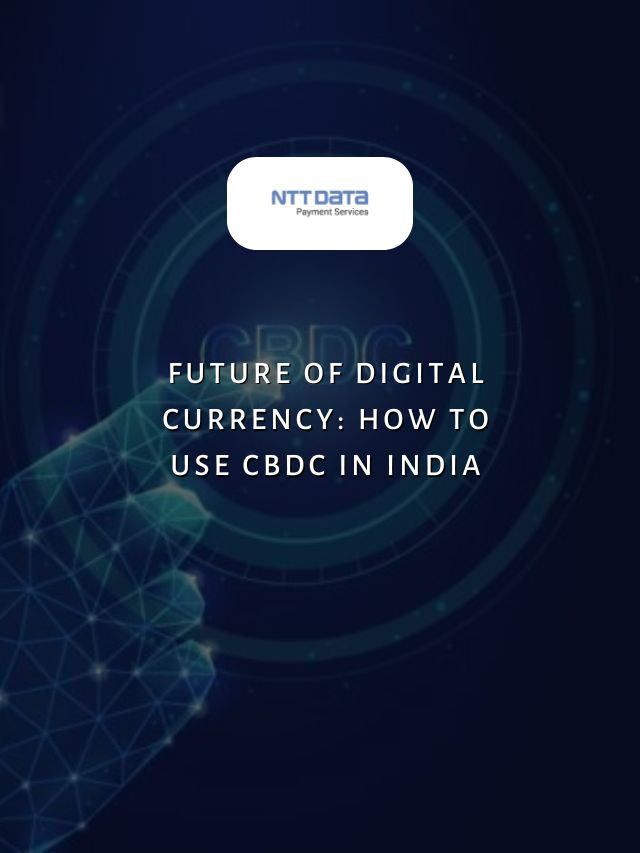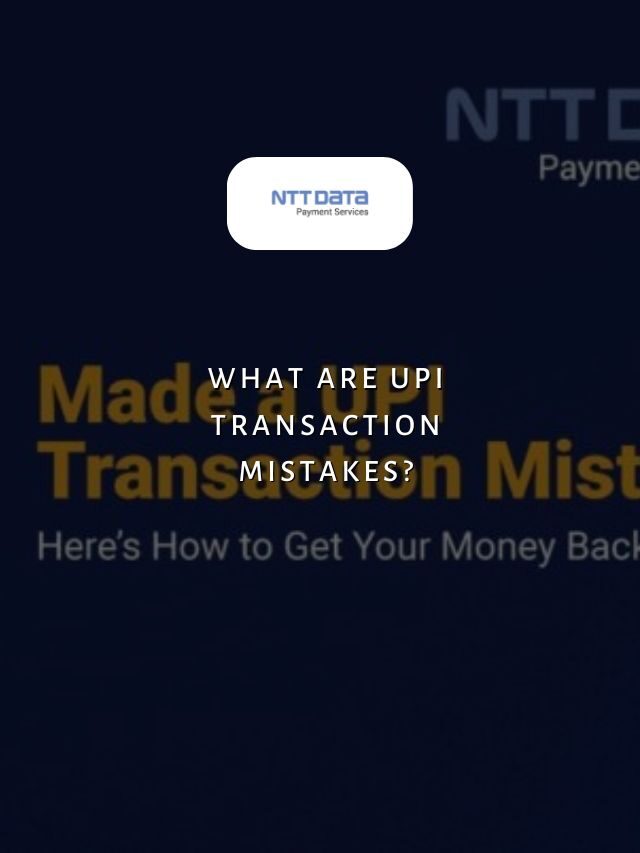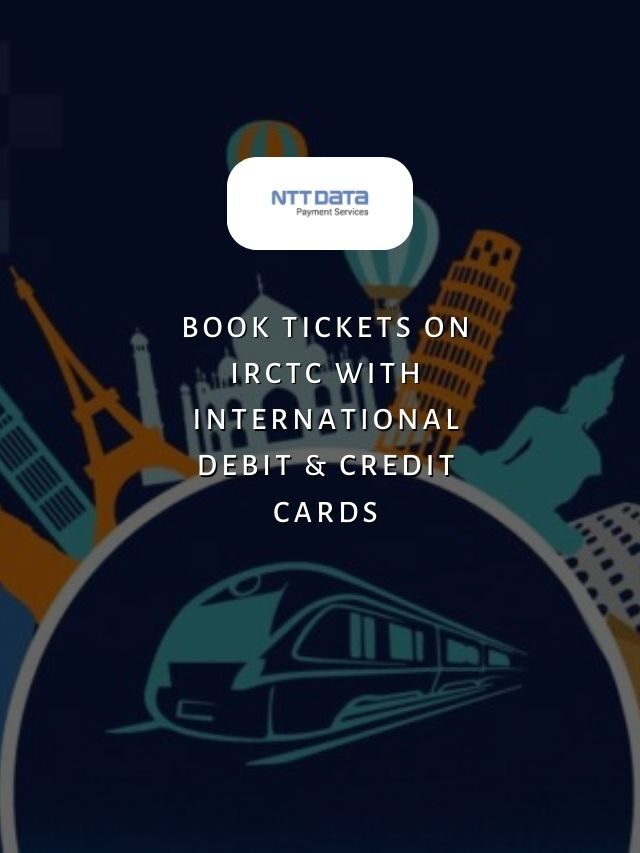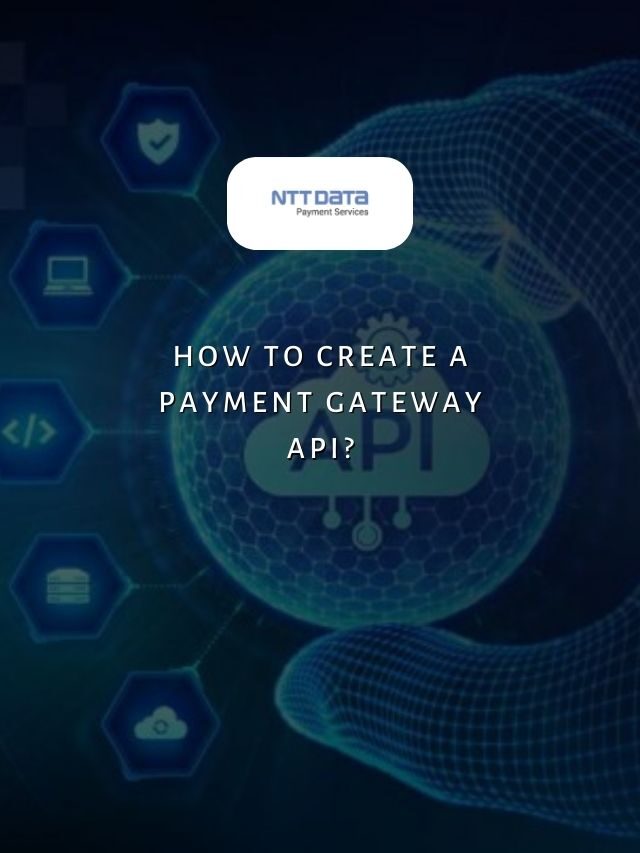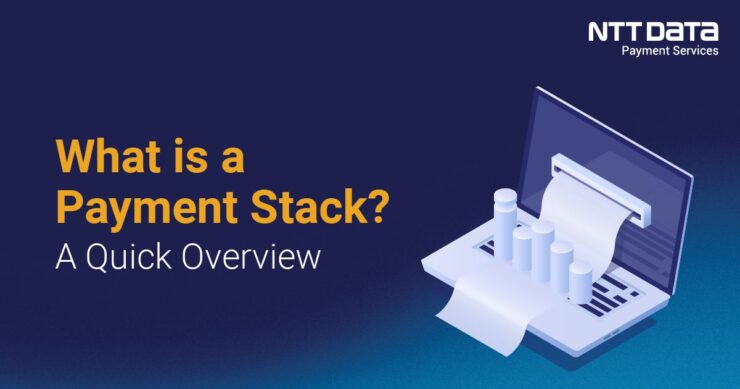
Table of Contents
- 1 Significance of Payment Stack
- 2 Why does your business need a sound payment system?
- 3 Recent Web Stories
- 4 Critical Components of a Payment Stack
- 5 Payment Gateways
- 6 How do you build the right payment stack?
- 7 Comprehensive Payment Solutions for Every Business Need
- 8 Why Choose NTT DATA Payment Services
- 9 Conclusion
Facilitating seamless and secure payments has become vital to every successful online business. As customers increasingly demand frictionless checkout experiences, merchants must implement robust yet flexible payment solutions. However, building an optimal payments infrastructure involves selecting and integrating multiple fintech components – a concept known as the “Payment Stack“.
Significance of Payment Stack
A well-designed payment stack is critical for accommodating various payment methods, adhering to compliance standards, and ensuring smooth transaction processing. Let’s discuss an overview of the key components of a payment stack, as well as practical advice on how to build an excellent design optimised for business requirements.
Why does your business need a sound payment system?
Just like the technology that powers a company needs to work together seamlessly, an effective payment solution is also essential for the smooth functioning of your business. A well-designed payment process can impact many important areas and help you succeed.
1. Customer experience:
People today want quick, safe and simple ways to pay. Multiple payment options like cards, digital wallets and local methods make customers happy.
2. Increase sales:
When checking out is easy, more people will buy from you! Less hassle means fewer abandoned carts at purchase time. Flexible pricing and subscriptions, too, can boost what you sell.
3. Efficient operations:
The right payment system helps save time and money. Automating tasks means less manual work for your team. Errors are reduced as everything is organised. Accounting has also become faster and easier.
4. Security and rules:
In this digital age, protecting customer information is critical. A secure payment process keeps data safe and satisfies legal requirements. It also lowers the risk of fraud, benefiting you and your buyers.
5. Growth and global reach:
As your business grows more prominent, the payment solution must scale quickly with transaction volumes. It should also support international sales and different currencies if you sell worldwide.
6. Innovation:
A flexible payment solution lets you quickly test new technologies and payment methods. You can stay ahead by adapting fast to customer needs or regulation changes.
A well-thought-out payment system is essential tactically and strategically for your operational efficiency, customer service, sales increase, and competitive advantage in the long run. Choosing the right one that is aligned with your current and future business goals is worth investing time in.
Recent Web Stories
Critical Components of a Payment Stack
1. Fraud Prevention:
As fraudulent activities evolve with advancing technology, incorporating robust fraud prevention mechanisms is crucial—the rising instances of data breaches and card fraud demand effective fraud monitoring in payment stacks.
2. Settlement and Reconciliation:
This component ensures that all payments are accurately recognised and processed, which is vital as a company scales and transaction volumes increase. It is important to maintain transaction records internally and with banking institutions.
3. Reporting:
Essential for financial transparency, reporting services in a payment stack record critical data for each transaction. This includes transaction activity, chargebacks, processing expenses, funding, and commissions for resale companies.
4. Payment Gateway:
The payment gateway facilitates the transaction process by connecting processors and payment system providers to the merchant as the bridge between the merchant and the customer.
Payment Gateways
The payment gateway is crucial in processing transactions between a business and its customers online. Here are the key things it does:
- Acts as the middleman between the merchant’s website/app and the payment processor.
- Upon checkout, the gateway securely sends customer payment details, such as card info, to the processor for verification and authorisation.
- It receives confirmation from the processor on whether the transaction is approved or declined.
- The gateway releases the order to ship the product/service to the merchant if approved. Simultaneously, it initiates funds transfer from the customer’s bank to the merchant’s account.
- Gateways offer APIs, allowing seamless integration with merchant platforms.
- Gateways securely handle sensitive customer financial data and ensure transactions comply with industry security standards like PCI DSS.
The payment gateway enables the secure and fast flow of payment information and funds between clients, processors, and merchants, resulting in successful online transactions. It is a critical component of any successful digital payment system.
How do you build the right payment stack?
Building the correct payment stack is critical for organisations to handle transactions efficiently. It necessitates careful planning and consideration of both present and future requirements. Examine your business requirements, such as approved payment methods, target geographies, and estimated transaction volumes.
1. Analyse Business Needs:
- Outline your unique requirements like accepted payment types, target regions, and expected transaction volumes.
- Identify any industry regulations that must be complied with to ensure legal and regulatory compliance.
2. Understand Customer Preferences:
- Research the most common devices customers use to pay.
- Analyse preferred payment methods and security expectations.
3. Assess Technical Resources:
- Inventory in-house expertise to integrate and maintain complex systems.
- Consider the ability to handle data security, compliance, and transaction volumes.
4. Choose Payment Partners:
- Research providers based on reputation, supported payment options, pricing, support, and security compliance.
5. Integrate Solutions:
- Set up a payment gateway with a website/app
- Integrate processor with existing systems
- Implement additional tools like fraud management
6. Testing the Stack:
- Thoroughly test all components are working seamlessly together
- Identify any issues with processing, security or user experience
7. Monitor Performance:
- Keep track of transaction success rates, speeds and security incidents
- Use insights from monitoring to optimise the stack continuously
Building an effective payment stack is an ongoing process that requires planning, integration, testing, monitoring and optimisation to meet business and customer needs.
Comprehensive Payment Solutions for Every Business Need
NTT DATA Payment Services provides various payment services tailored to organisations of all sizes and types across several industries. Our purchases provide businesses with internet payment gateways that allow for easy and seamless transactions and POS terminals for in-store or on-the-go purchases.
Their services include IVR payments for safe voice-based transactions. NTT DATA Payment Services enables businesses to fulfil customers’ different needs while providing a frictionless payment experience.
Why Choose NTT DATA Payment Services
Choosing NTT DATA Payment Services as your payment service provider has various advantages. We have a high transaction success rate and offer various gateways to ensure consistent transaction flow. Instant settlement alternatives improve cash flow, giving businesses more flexibility and ease.
Additionally, our round-the-clock support and real-time reporting tools provide organisations with the knowledge and assistance they need to manage payments effectively. NTT DATA Payment Services provides tailored payment solutions that drive development and operational efficiency.
Conclusion
Digital payments are changing fast, and businesses need good payment systems. NTT DATA Payment Services offers various payment options for different types of businesses. They focus on security, flexibility, and support to help companies to handle digital payments well.
Businesses must invest in the correct payment systems and work with trusted service providers. This allows companies to grow, work more efficiently, and provide great payment experiences in today’s fast-paced market.
| Also, you can get frequent updates on nttdatapayments Instagram page. |
Frequently Asked Questions (FAQs)
1. What does stacking payments mean?
Stacking payments refers to layering multiple payment methods or technologies to increase transaction success rates and provide more options for customers.
2. What are full stack payments?
Full stack payments refer to a comprehensive payment solution that handles the entire payment process, from front-end user interface to back-end processing and everything in between.
3. What is the meaning of Paystack?
Paystack is a Nigerian fintech company that provides online payment processing services, allowing businesses to accept secure payments from multiple channels.
4. What is a finance tech stack?
A finance tech stack refers to the collection of technology tools and platforms a financial institution uses to manage its operations, including core banking systems, payment gateways, and customer relationship management software.

